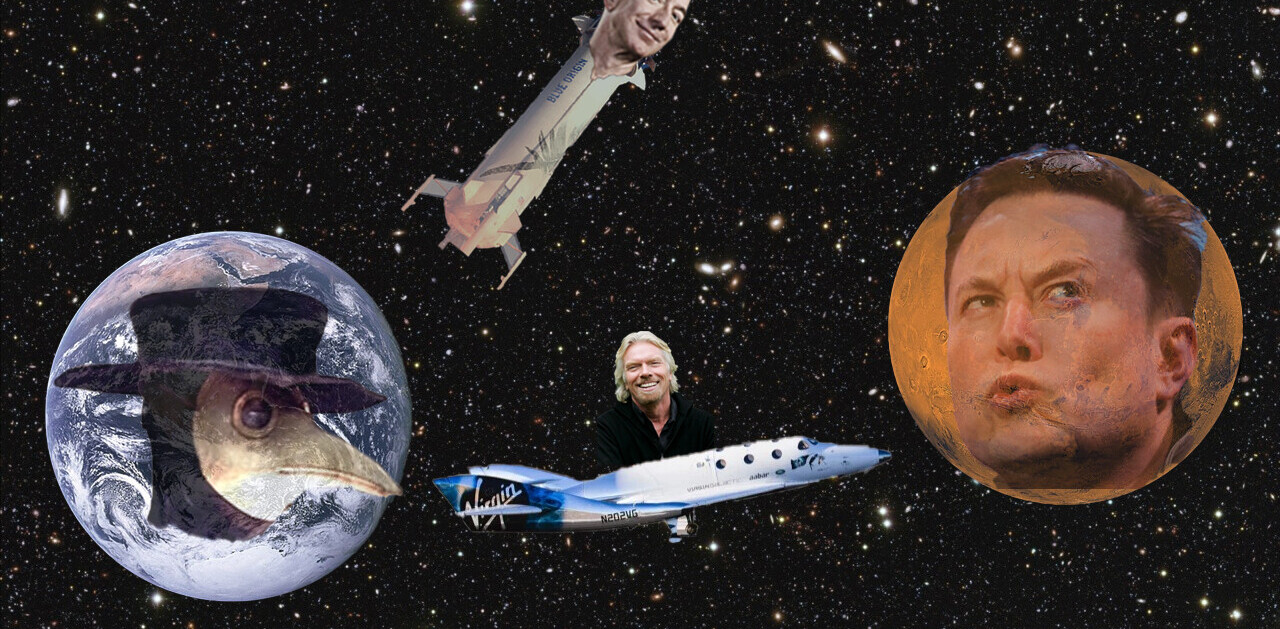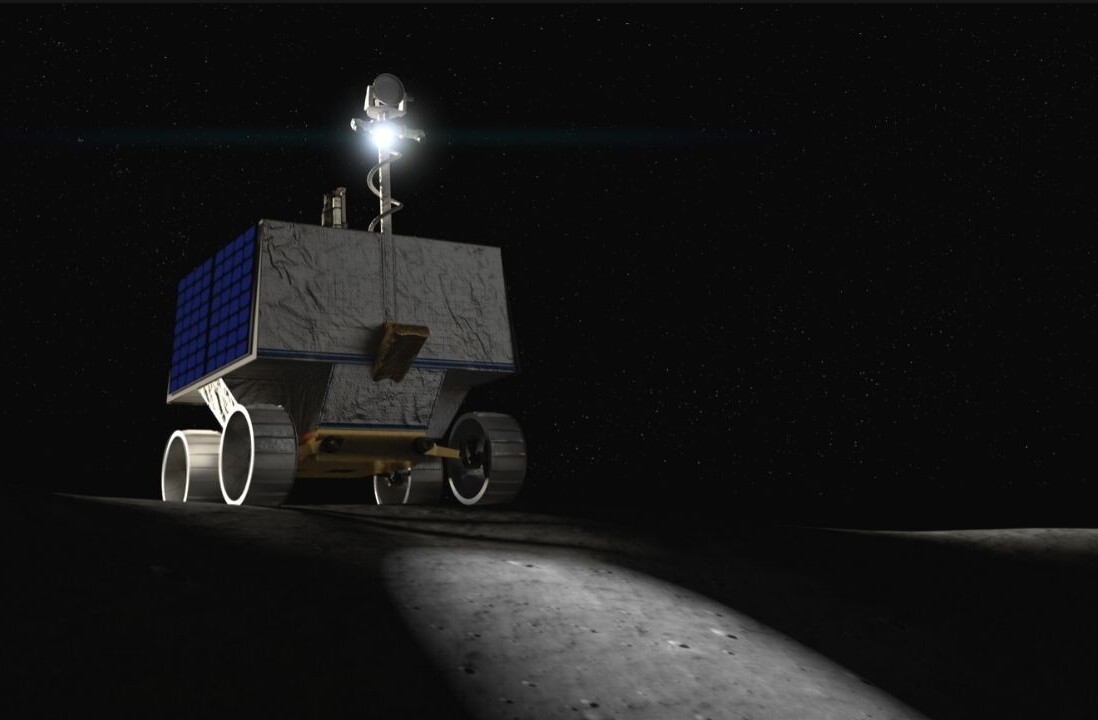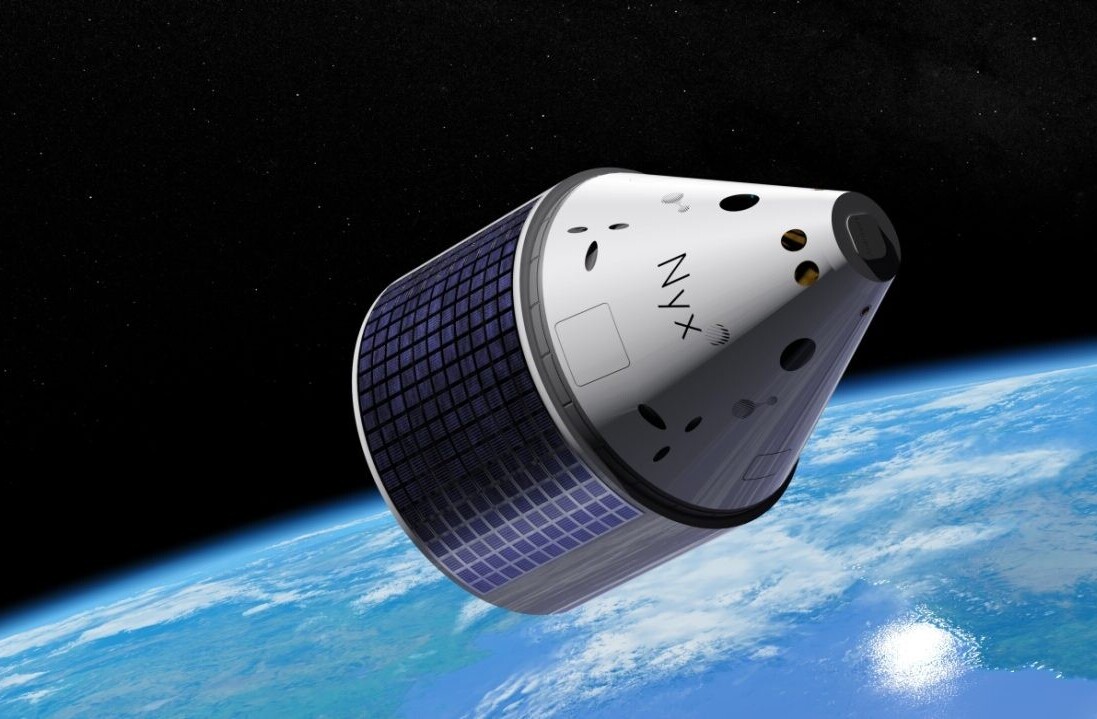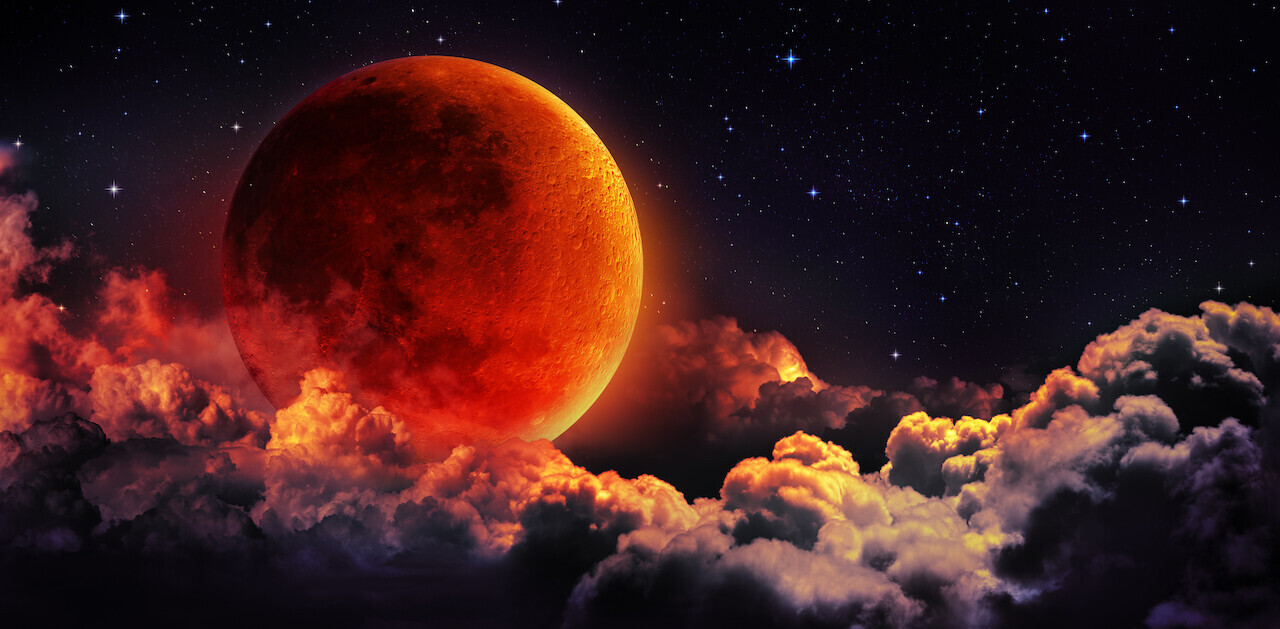How was the Moon formed? The most-widely-accepted theory suggests that billions of years ago, our young planet was struck by a body as large as Mars, forming the Moon. However, new observations of the levels of metals on our companion world suggest this origin story may need updating.
Roughly 4.5 billion years ago, Theia — a Mars-sized world — is thought to have collided with the upper crust of the Earth, a region of our planet relatively poor in metals. This impact kicked large quantities of material into orbit around the Earth, which coalesced into the Moon.
This idea would suggest that metals would also be rare on the Moon. However, radar observations of the Moon suggest relatively large quantities of metals in some craters on our planetary companion.
Examination of dust at the bottom of lunar craters revealed significant concentrations of metals, including iron and titanium oxides. Analysis of the material, using the Miniature Radio Frequency (Mini-RF) instrument on the Lunar Reconnaissance Orbiter (LRO), suggests these metals were brought up from beneath the lunar surface by meteors striking the Moon.
Interestingly, larger, deeper craters showed greater concentrations of metals than smaller basins. However, this was not a simple relationship for larger impact sites. For craters measuring between two to five kilometers (one to three miles) in diameter, larger craters contained higher concentrations of exposed metals. However, the amount of metals seen in craters between five and 20 km (three to 12 miles) in diameter did not change significantly with size.
“This exciting result from Mini-RF shows that even after 11 years in operation at the Moon, we are still making new discoveries about the ancient history of our nearest neighbor,” said Noah Petro, the LRO project scientist at NASA’s Goddard Space Flight Center.
Oddly, although the bright highlands of the Moon are metal-poor, areas of the Moon (particularly the dark seas or maria), contain even greater concentrations of iron oxide (rust) than is found on Earth. This idea, long-known to researchers, presents a significant challenge to the Theia hypothesis.
The Moon rocks — it’s seriously metal
This finding could call details of an ancient impact into question. One idea is that Theia may have struck Earth more directly than originally calculated, kicking metals into space, eventually forming our planetary companion. A second idea is that the impact may have occurred earlier in the history of our planet than believed, when our planet was still covered in oceans of magma. Another possibility is the cooling process of the proto-moon was more complicated than believed, leading to high concentrations of metals near the lunar surface.
Life on Earth depends on the Moon stabilizing the orbit of the Earth, moderating our climate.
“Our solar system alone has over 200 moons — understanding the crucial role these moons play in the formation and evolution of the planets they orbit can give us deeper insights into how and where life conditions outside Earth might form and what it might look like,” said Essam Heggy, co-investigator of the Mini-RF instrument onboard the Lunar Reconnaissance Orbiter (LRO).
Go slowly, my lovely moon, go slowly. ― Khaled Hosseini, The Kite Runner
This finding was made accidentally while searching lunar craters for water ice in the eternal shadows within the deep expanses.
If this finding is shown to be correct, than the Moon may have a metal-poor crust a few hundred meters (1,000 feet) deep, covering material containing high concentrations of metals.
NASA’s Gravity Recovery and Interior Laboratory (GRAIL) mission recently captured data suggesting a large mass of dense material hides beneath the south pole of the Moon, tens or hundreds of kilometers beneath the South Pole-Aitken basin.
Analysis of the the LRO data was detailed in the journal Earth and Planetary Science Letters.
This article was originally published on The Cosmic Companion by James Maynard, founder and publisher of The Cosmic Companion. He is a New England native turned desert rat in Tucson, where he lives with his lovely wife, Nicole, and Max the Cat. You can read this original piece here.
Astronomy News with The Cosmic Companion is also available as a weekly podcast, carried on all major podcast providers. Tune in every Tuesday for updates on the latest astronomy news, and interviews with astronomers and other researchers working to uncover the nature of the Universe.
Get the TNW newsletter
Get the most important tech news in your inbox each week.







